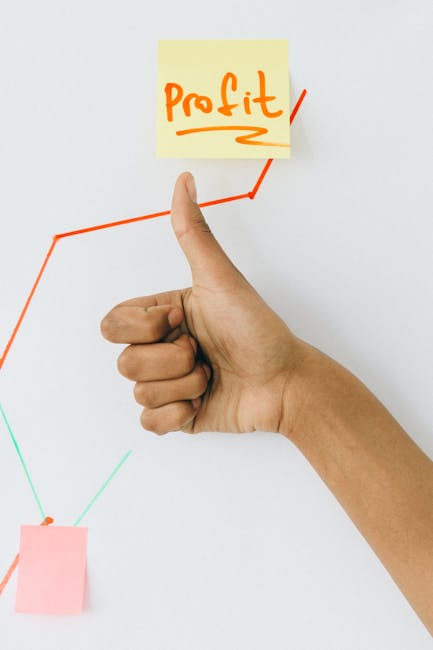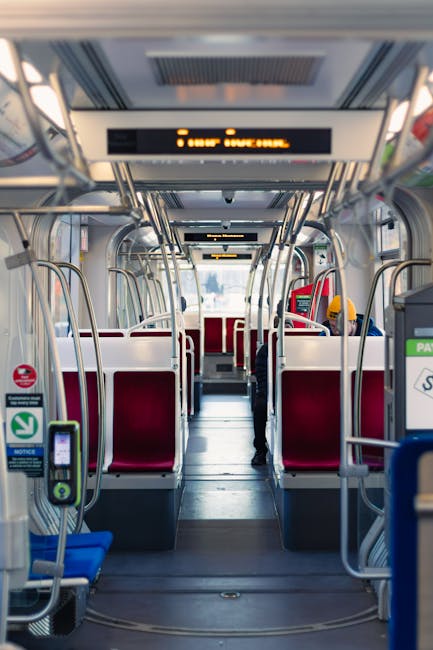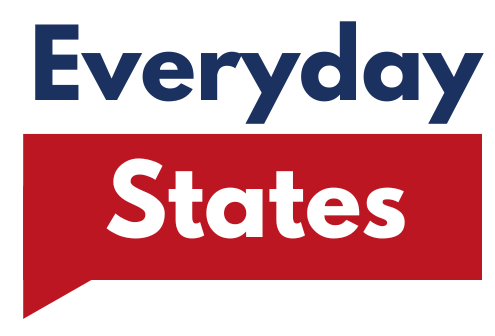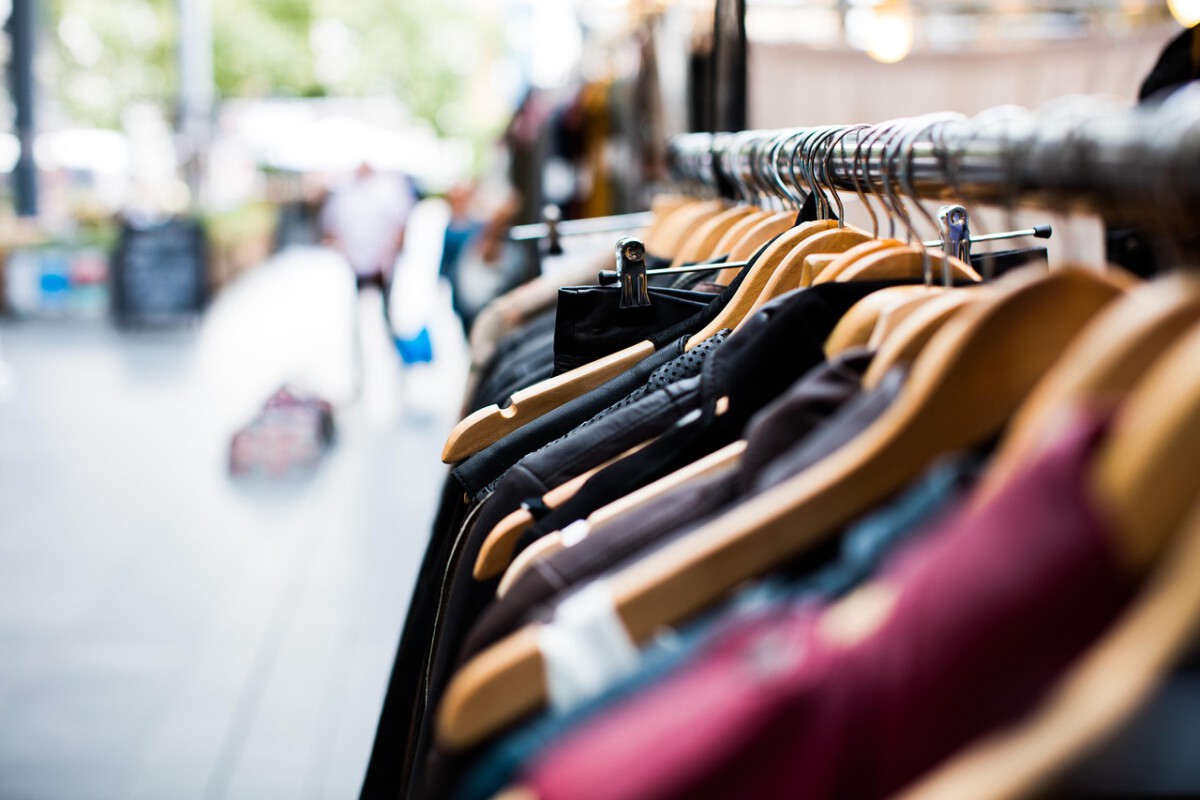Discover the quirky side of American life with these comical statistics that offer a glimpse into the peculiar habits and beliefs of the average American. From misconceptions to daily routines, these stats will leave you both amused and astounded.
The Average American: A Genius in Their Own Mind

It’s a well-known fact that confidence often trumps reality, and this is especially true when it comes to intelligence. According to a study by the National Journal, 55 percent of Americans believe they are smarter than their peers. This rose-colored perception could be likened to a room full of drivers who all claim to be above average behind the wheel—a statistical impossibility that highlights the optimism of the American spirit. Meanwhile, 35 percent modestly consider themselves just as smart as everyone else. Whether these self-assessments hold water is a different story, but it’s clear that most Americans have no shortage of confidence!
Some Pretty Ghostly Findings

It appears that belief in the supernatural is alive and well, with 45 percent of Americans convinced that ghosts and demons are real, according to Newsweek. Whether these spirits are considered friendly like Casper or ominous poltergeists, this surprising percentage reflects a fascination with the afterlife and unexplained phenomena. If you’re among these believers, you might be inclined to explore the most haunted locations where eerie encounters are reported to occur. For those skeptical among us, these tales remain in the realm of lore and legend.
America is a TV-Addicted Nation
Television has long been America’s sweetheart, and this love affair shows no signs of waning. A YouGov poll reveals that more Americans would find it harder to relinquish their binge-watching habits for 40 days than giving up chocolate, alcohol, soda, and fast food combined. This attachment to TV and streaming services highlights a cultural dependency on visual entertainment as both a form of relaxation and a means of escapism. As the screens grow larger and content more diverse, Americans continue to choose the couch over culinary indulgence.
That’s a Lot of Trash

Environmental awareness might be on the rise, but the average American still produces a hefty amount of waste—approximately 5.91 pounds per day, according to the U.S. Environmental Protection Agency (EPA). Of this daily waste, 4.4 pounds are destined for the landfill while only 1.51 pounds are recycled. This statistic is a stark reminder of the challenges posed by modern consumer lifestyles and the urgency of efforts to reduce, recycle, and reuse. As efforts intensify, it’s crucial we all pitch in to curb this colossal output.
How Self-Centered is This Planet?

In a head-scratching statistic, one in four Americans claims the sun revolves around the earth, an assertion more fitting for the days of Galileo’s persecution. NPR’s report on this lapse in fundamental astronomical knowledge could serve as a reminder of the importance of early science education. Simplifying this concept is as straightforward as depicting a halo of planetary orbits around a radiant sun—a cosmic dance we’ve understood for centuries. It appears some textbook lessons haven’t fully penetrated the public consciousness.
Yes, You Are Getting More Robocalls

The modern inconvenience of robocalls has reached staggering levels. Last year, nearly half of all phone calls received by Americans were automated. The Washington Post highlighted this massive influx, which leaves many longing for simpler times when phone calls bore human voices. As technology races ahead, the battle to minimize these unwelcome interruptions continues, with strategies ranging from call-blocking apps to stringent regulations.
Harvard May Be Our “Safety” Plan

Landing a job at Walmart might be trickier than securing a place at Harvard, believe it or not. Business Insider notes that while Harvard’s acceptance rate is a slender 5.2 percent, the competition for positions at a new Walmart in Washington, D.C., resulted in a selective 2.6 percent acceptance rate. With 23,000 hopefuls vying for only 600 jobs, it seems landing a retail gig could indeed be more competitive than an Ivy League education, emphasizing the shifting dynamics of job markets.
Americans Love French Fries

Move over salads, there’s a crispy contender reigning supreme—the French fry. These golden sticks have emerged as the favorite potato preparation according to a YouGov survey of 20,000 Americans. While baked and mashed potatoes hold their ground in second place, the sheer popularity of fries underscores a national embrace of comfort food at its finest. Fries are a universal staple, and whether they’re thin, curly, or loaded, their place in American hearts—and stomachs—is unchallenged.
Can You Name Every President?

History isn’t everyone’s forte, as evidenced by the fact that many Americans erroneously name Alexander Hamilton as a former U.S. president. Despite his significant role as a founding father and the first Treasury Secretary, Hamilton never held the presidency. This misconception, highlighted in surveys, serves as a humorous testament to the gaps in historical knowledge. The lesson? Even legendary figures can be misunderstood!
We Bet You’re Reading This on Your Phone…

Chances are, this article found its way to your smartphone, given that 96 percent of Americans now own a cell phone, with 81 percent sporting a smartphone, the Pew Research Center reports. However, cleanliness appears less universal; 27 percent of Americans clean their phones less frequently than once a month, if ever. The dichotomy between high-tech devices and low-maintenance habits offers a glimpse into the balancing act of modern lifestyles.
We’re Enjoying Our Jobs

In a sign of workplace satisfaction, 34 percent of Americans report being “engaged” in their jobs, as per data from the consultancy Gallup. This engagement, defined as feeling invested in and enthusiastic about work, paints a positive picture of American employment and defies the stereotype of office drudgery. It appears nearly one-third of the workforce has found a balance between career fulfillment and personal well-being.
You Definitely Need More Sleep

Sleep, the cornerstone of health, remains elusive for over a third of Americans, who fail to achieve the recommended seven hours a night. The CDC’s findings underscore a national sleep deficit that bears implications for well-being and productivity. It proves a pressing reminder to prioritize rest amid the whirlwind of daily commitments—a challenge requiring concerted effort and societal change.
Won’t You Be My Neighbor?

While Americans are known for their friendliness, 31 percent of them confess to not knowing their neighbors at all, according to Time magazine. In an era where digital interactions often overshadow face-to-face connections, this statistic reveals a cultural shift away from community bonding. Perhaps, a casual block party could suffice to bridge this gap and reintroduce neighborly exchanges.
Some of Us Haven’t Traveled Much

Remarkably, a Forbes survey revealed that 11 percent of respondents have never ventured outside their home state. This statistic unearths the variances in geographical exploration and lifestyle preferences across America. Whether due to financial constraints, a love for local culture, or sheer contentment, these stay-at-home adventurers highlight the diversity of American living experiences.
You’re Reading This Online But…

In an age of constant connectivity, 26 percent of Americans report being online “almost constantly,” according to the Pew Research Center. This relentless interaction with digital platforms underlines a societal trend towards perpetual information access—a cultural entrapment that promises both enrichment and overload.
We’re a Multi-Lingual Society

At home, 21 percent of Americans converse in languages other than English, reflecting the nation’s rich tapestry of cultures and heritage. This multilingualism fosters broader perspectives and inclusivity, as communities embrace linguistic diversity that echoes the melting pot identity of the nation.
Aww: Valentine’s Day Isn’t Just for Lovers

Love manifests in many forms, and for 20 percent of Valentine’s Day gift-givers, their beloved pets are the lucky recipients. This affectionate statistic illustrates the deep bonds people share with their furry friends, who often fill roles of companions, confidants, and playmates.
Bogus Stats: Trust Issues with Numbers

Interestingly, skepticism abounds regarding the integrity of statistics. A Kantar poll unveils that 75 percent of Americans harbor doubts about the impartiality of survey findings. This caution signals an awareness of potential biases and a growing demand for transparency in data representation.
These statistics celebrate the eccentricities of American culture, provoking both laughter and reflection. While some reveal heartwarming trends, others highlight the peculiarities that make everyday life so intriguingly funny. After all, numbers don’t lie—but they sure can entertain!





